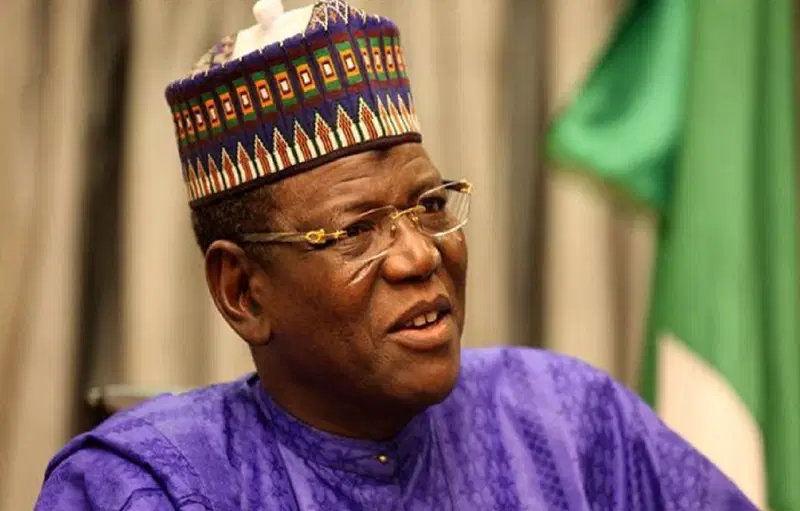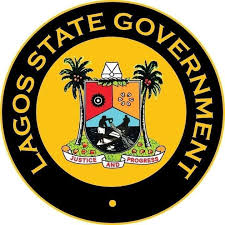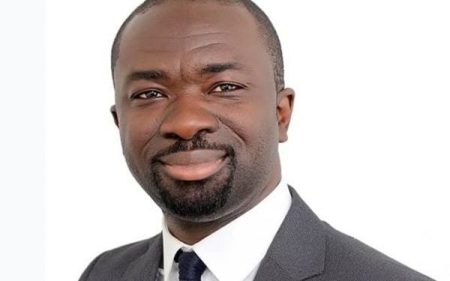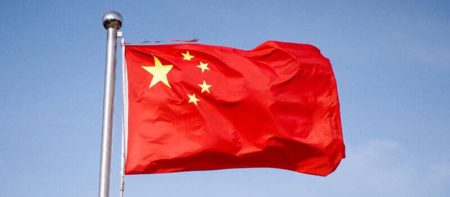In his autobiography, “Being True to Myself,” former Jigawa State Governor Sule Lamido reveals a tense confrontation with then-Lagos State Governor Bola Tinubu in the aftermath of a violent crisis in Lagos in 2000. The crisis, marked by widespread destruction and loss of life, primarily targeting Northerners, prompted President Olusegun Obasanjo to dispatch a delegation of ministers, including Lamido, to assess the situation. Lamido’s account paints a grim picture of the aftermath, with burned vehicles, destroyed homes specifically targeted based on ethnicity, and thousands displaced, highlighting the targeted nature of the violence against the Hausa community. The visit to Lagos became a pivotal point in Lamido’s relationship with Tinubu, setting the stage for a heated exchange fueled by mistrust and accusations.
Lamido and the delegation, led by Hassan Adamu, embarked on a fact-finding mission across Lagos, witnessing firsthand the devastation wrought by the crisis. Their journey took them through areas like Mile 12, Ilupeju, Yaba, Ebute Metta, and Ajegunle, where they encountered burned-out trailers, tankers, and homes bearing tribal markings, with Hausa-owned properties singled out for destruction. The sheer scale of the destruction and the clear targeting of the Hausa community fueled Lamido’s anger and solidified his belief that the violence was a deliberate attack on the Northern economy and its people. The sight of thousands of displaced people at Marine Beach further cemented the gravity of the situation.
The delegation’s meeting with Tinubu following their tour proved to be a highly charged affair. According to Lamido’s account, Tinubu interpreted the visit as a political maneuver to impose a state of emergency on Lagos, accusing the delegation of intimidation and a veiled attempt to seize control of the state. This accusation ignited Lamido’s already simmering anger, leading to a heated exchange. Tinubu’s perceived dismissal of the human tragedy and his focus on political maneuvering further exacerbated the tension. The meeting became a clash of perspectives, with Tinubu viewing the situation through a political lens while Lamido emphasized the human cost of the violence.
Lamido’s response to Tinubu, as documented in his autobiography, was a stern warning delivered with palpable anger. He refuted Tinubu’s accusations of political machinations and emphasized the devastating human toll of the crisis. Lamido described the destruction of property, the targeting of Hausa homes, and the displacement of thousands, questioning how such suffering could be reduced to mere political maneuvering. He underscored the delegation’s concern for the lives lost and the suffering endured by the victims, contrasting it with Tinubu’s perceived preoccupation with politics. His warning of a potential state of emergency was delivered as a direct consequence of the violence and a measure to prevent its recurrence.
The confrontation between Lamido and Tinubu revealed the deep-seated mistrust and opposing interpretations of the crisis. Tinubu’s suspicion of a politically motivated takeover reflected the complex relationship between the federal government and Lagos State. Lamido’s impassioned response, fueled by the horrific scenes he had witnessed, underscored his concern for the victims and his determination to prevent further violence. The clash highlighted the different priorities of the two leaders, with Tinubu seemingly focused on protecting his political power while Lamido prioritized the safety and wellbeing of the affected population.
This excerpt from Lamido’s autobiography sheds light on a significant event in Nigerian history, revealing the tensions and mistrust that characterized the political landscape at the time. The exchange between Lamido and Tinubu, fueled by the tragic events in Lagos, became a microcosm of the larger political dynamics at play. Lamido’s account serves as a stark reminder of the devastating consequences of ethnic violence and the importance of addressing its root causes. The confrontation, as recounted by Lamido, illustrates the challenges of governance in a diverse nation and the need for empathy and understanding in times of crisis. The incident also underscores the importance of dialogue and collaboration between leaders in addressing complex social and political issues.













